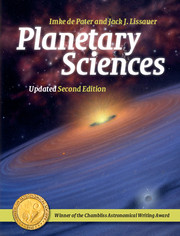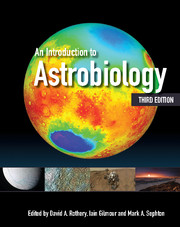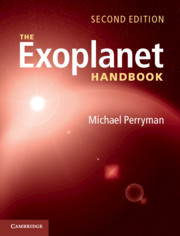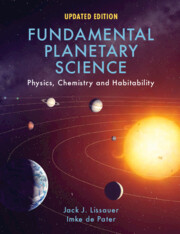Planetary Sciences
An authoritative introduction for graduate students in the physical sciences, this award-winning textbook explains the wide variety of physical, chemical, and geological processes that govern the motions and properties of planets. This updated second edition has been revised and improved while maintaining its existing structure and organization. Many data tables and plots have been updated to account for the latest measurements. A new Appendix focuses on recent discoveries since the second edition was first published. These include results from Cassini, Kepler, MESSENGER, MRO, LRO, Dawn at Vesta, Curiosity, and others, as well as many ground-based observatories. With over 300 exercises to help students apply the concepts covered, this textbook is ideal for graduate courses in astronomy, planetary science and earth science, and well suited as a reference for researchers. Color versions of many figures, movie clips supplementing the text, and other resources are available at www.cambridge.org/depater.
- The only textbook to cover the entire breadth of planetary science (including exoplanets) at an advanced level, providing an up-to-date introduction to planetary studies for advanced undergraduate students
- This updated second edition features new results from missions and ground-based observatories
- Includes hundreds of problems to help students learn how to apply the concepts covered
Product details
January 2015Hardback
9781107091610
688 pages
253 × 195 × 32 mm
1.6kg
300 b/w illus. 32 colour illus. 300 exercises
Available
Table of Contents
- 1. Introduction
- 2. Dynamics
- 3. Solar heating and energy transport
- 4. Planetary atmospheres
- 5. Planetary surfaces
- 6. Planetary interiors
- 7. Magnetic fields and plasmas
- 8. Meteorites
- 9. Minor planets
- 10. Comets
- 11. Planetary rings
- 12. Extrasolar planets
- 13. Planet formation
- 14. Planets and life
- Appendixes
- References
- Index.









